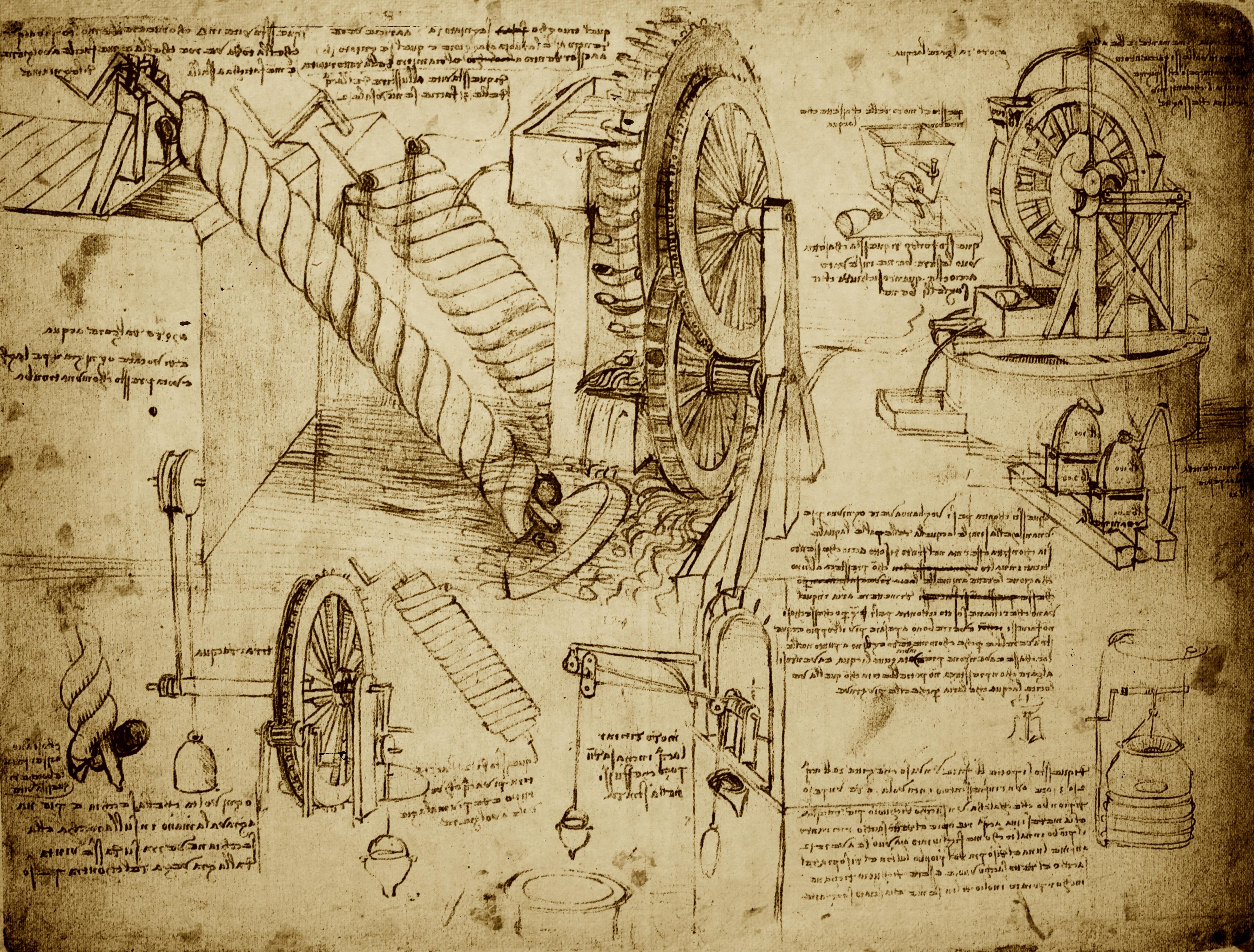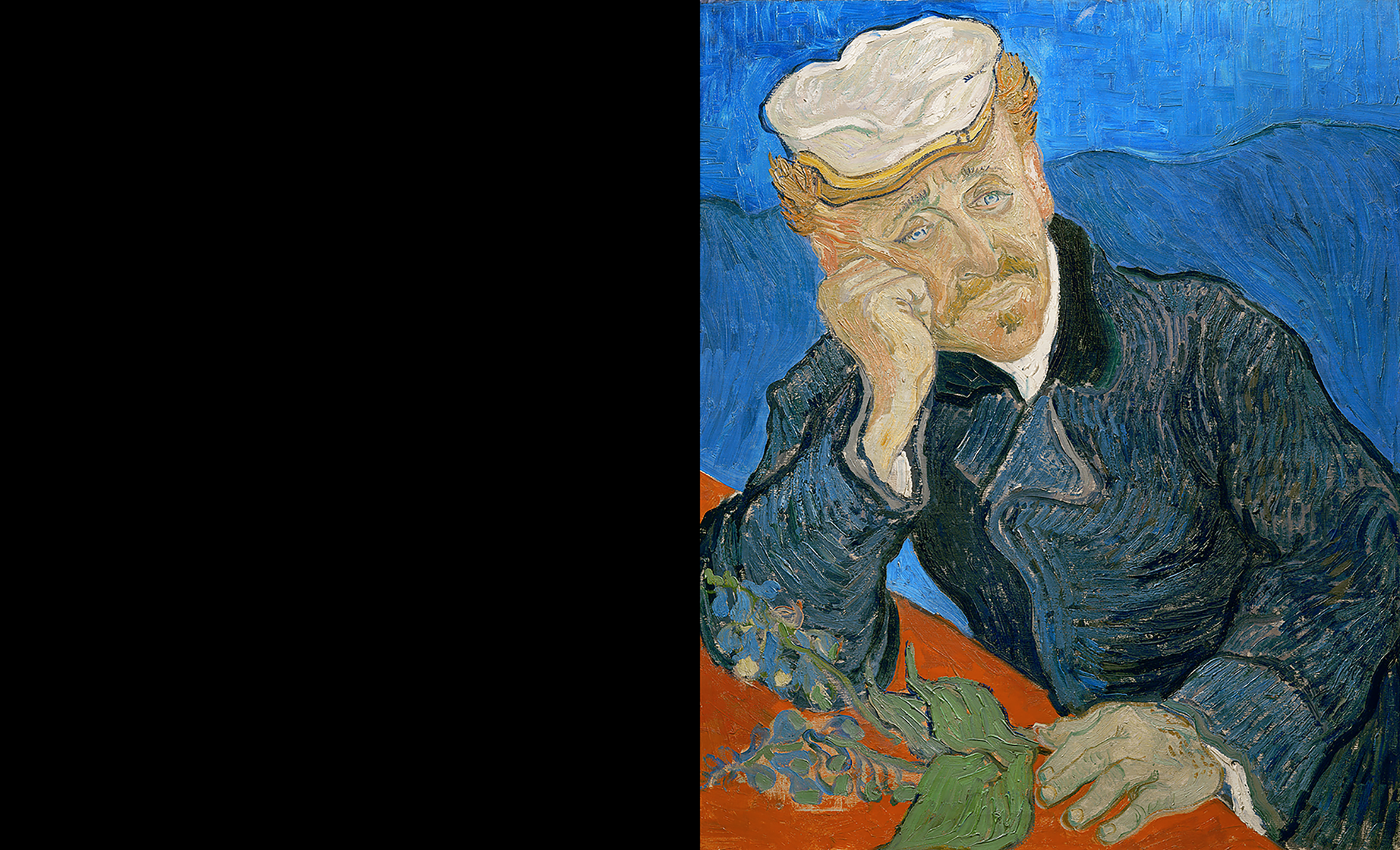Scroll
285M+
people currently live with blindness.
70%
of visually impaired people do not feel autonomous when visiting art museums.
80%
of what people learn is acquired through sight.
Explore our traveling exhibitions.
Our ready-made exhibitions allow your institution to start serving the blind and visually impaired community immediately.
PARTNER WITH US
Make images more accessible at your institution.
Custom projects
Have a project in mind? Work with us to create a custom installation for your institution.
Learn moreTraveling exhibits
Experience tactile images firsthand at one of our traveling exhibitions available around the world.
Learn moreWe are proud to work with all types of cultural and educational institutions.
We promote accessibility across museums, schools, commercial organizations, and more.
Learn moreWhile sight is not a prerequisite for success, equal access to information is. The next frontier in achieving this goal is access to images, not merely words describing them.
RECENT HEADLINES
Hear the latest news on our company, projects, and more.
Interested in hosting a traveling exhibition?
Start planning with us.

